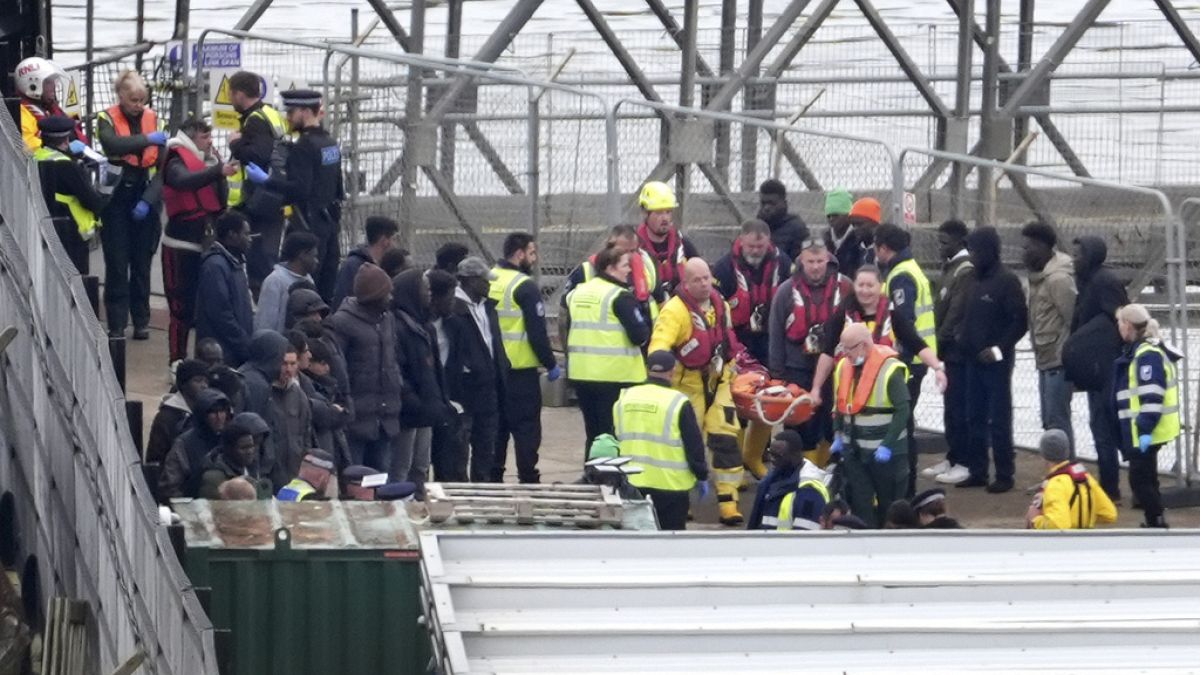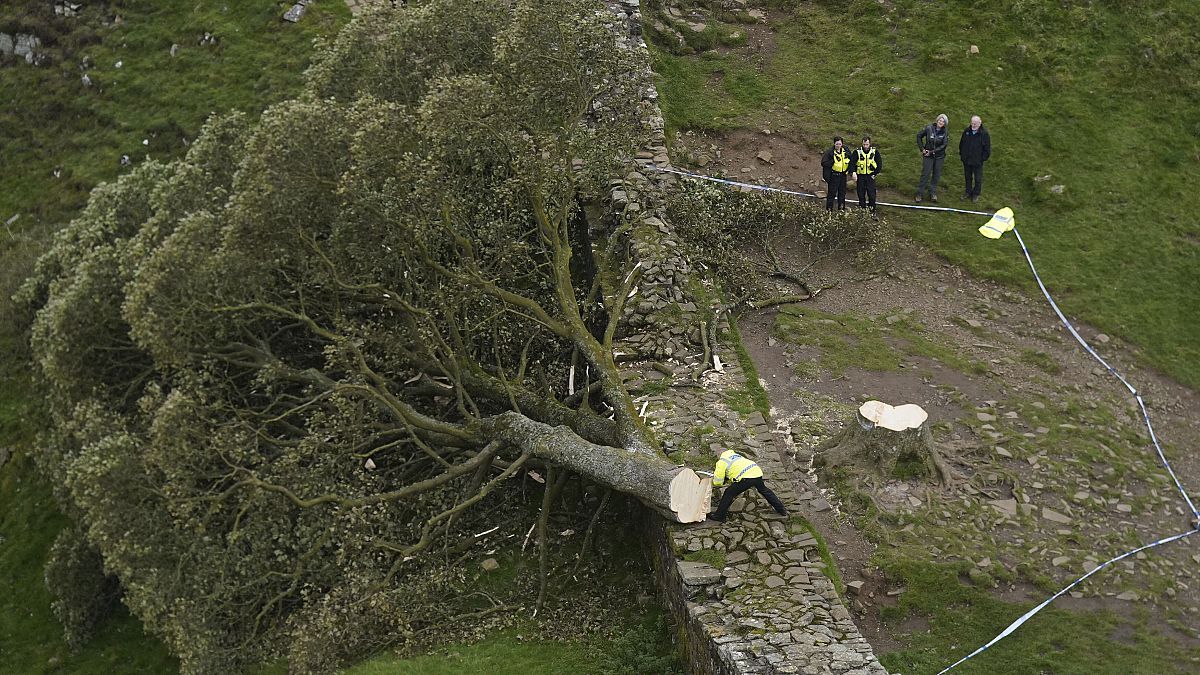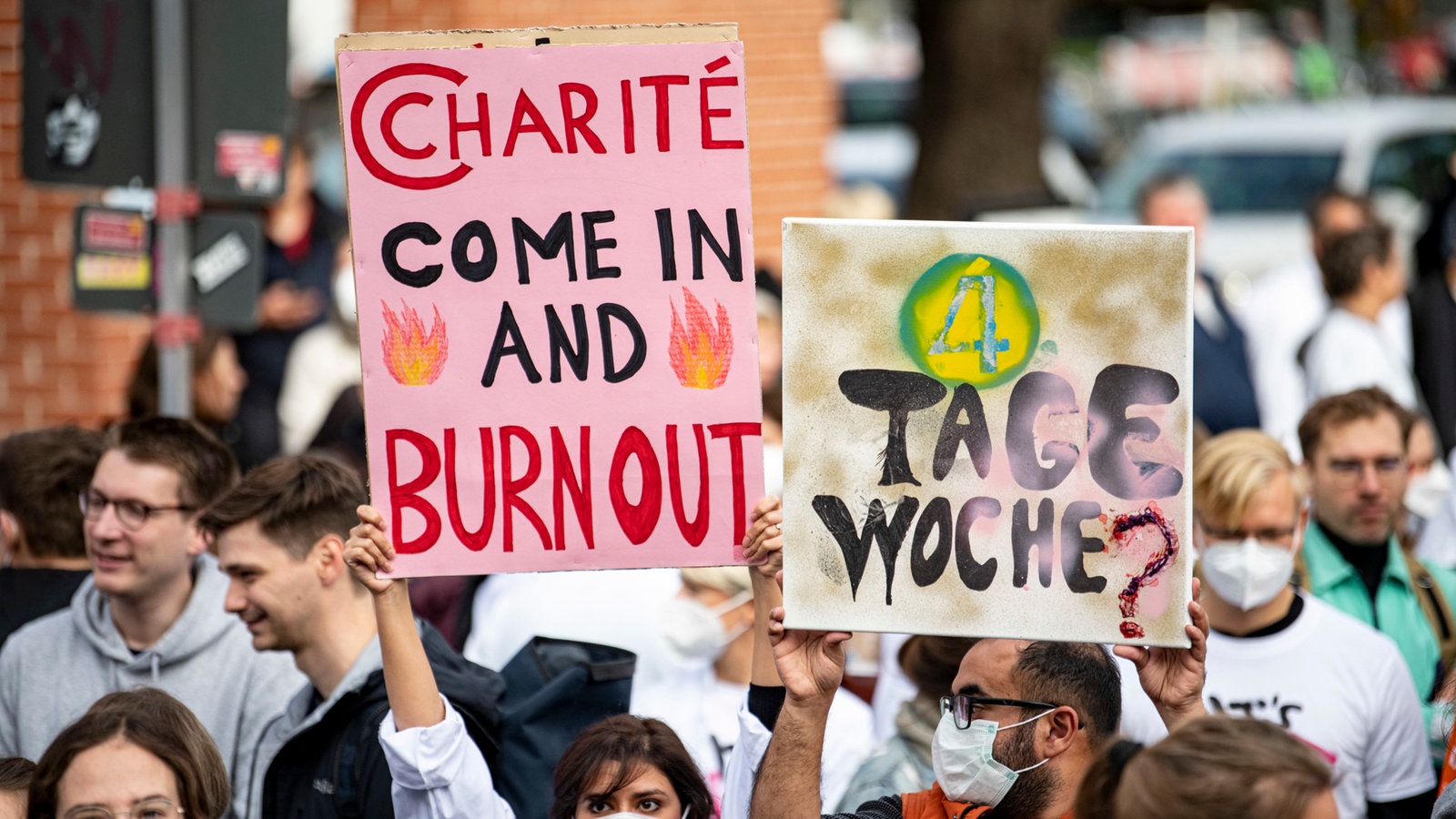(Motorsport-Total.com) – First Monaco, then Montreal: In Formula 1, both tracks place very different demands on the material. But one thing remains the same: the rear wing of a racing car must generate the required level of downforce under the respective conditions – and here Red Bull is presenting the next development step in Canada.
Detailed shot of Red Bull's rear wing at the 2024 Canadian Grand Prix
In pursuit of more efficiency from the rear wing, the world champion team has revised its previous design in detail. New is a small air deflector at the transition from the side end plate to the wing profile, directly in front of the retaining strut of the upper wing element (red arrows). And this small air deflector is enough to positively influence the airflow at this point. In other words: more downforce.
Red Bull revised the Canadian wing in the first free practice session and sent the RB20 out on track with so-called flow-vis paint on the rear wing. With this special colour and its flow, engineers can understand whether the air follows the desired path over the aerodynamic surfaces of the race car.
Will this approach find imitators in Formula 1? That is still unclear. But one thing is certain: since 2023, certain trends in rear wings have gradually established themselves on the starting grid, even though they were not introduced by the top teams. One example is rear wing variants with wing profiles offset from the side plates, as also used by Red Bull.
The rear wing model for the 2023 season.
This design direction can be traced back to Alpine and Aston Martin. Both racing teams had their versions at the Monaco start for the first time in 2023. Since then, all other Formula 1 teams have followed suit: either the design was tested and rejected again or it is still in use, sometimes in modified form.
Endplate cutouts in Alpine
The advantage over the regulation solution with a smooth transition from the wing profile to the endplate: this design reduces air resistance and allows for greater downforce. A practical side effect for the teams is that there is more air swirling around the rear wing, which alters the aerodynamics of the car behind and makes overtaking more difficult.
And the development of the rear wing has been advancing steadily since 2023. Meanwhile, the upper profile of the wing is pulled further outwards, so that it protrudes slightly from the main profile. At the same time, the teams are experimenting with trimmed end plates. This also involves the questions: how much downforce can be gained and how much air resistance can be reduced?
Sauber's latest rear wing updates
Sauber has now made a major transformation: the Swiss racing team has abandoned its double rear wing strut and is opting for a single support strut in the centre of the wing from Monaco.
Sauber rear wing versions for Monaco and Canada 2024
And with its rear wing variants, Sauber draws on different models: the Monaco version is based on Aston Martin, the Canadian version on Alpine.
Mercedes abandons previous design direction
Mercedes is doing it differently again: in 2023 the team based its rear wing on Aston Martin, but for the 2024 season the flagship brand changed its design direction towards the Alpine model.
Mercedes rear wing for the 2024 Formula 1 season
Since Imola, Mercedes has also adopted a completely new approach: on this version, the wing profiles end laterally in a kind of ramp. The aim of this measure is a more favourable compromise between aerodynamic load and air resistance.

“Extreme gamer. Food geek. Internet buff. Alcohol expert. Passionate music specialist. Beeraholic. Incurable coffee fan.”







